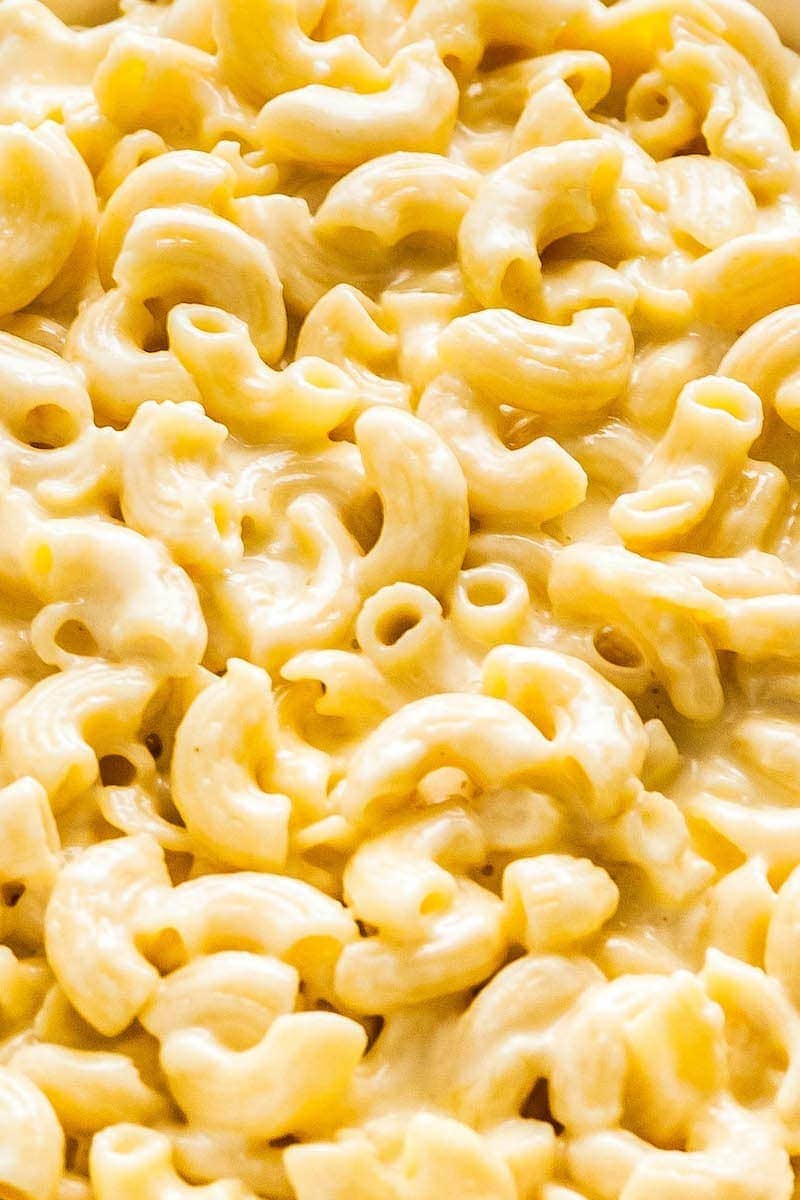
- #How to make mac and cheese sauce with a block of cheese how to#
- #How to make mac and cheese sauce with a block of cheese for mac#
- #How to make mac and cheese sauce with a block of cheese full#
- #How to make mac and cheese sauce with a block of cheese mac#
Focus on cheeses that melt well and will create an emulsified sauce that isn't leaching out fat or becoming overwhelming. Now comes the fun part: the cheese! "We really want to highlight the flavor of the cheeses to create a rounded flavor profile. Whole milk is added and the three ingredients continue to cook together until the milk has thickened and the roux has dissolved completely. It starts with a roux, in which a combination of unsalted butter and flour are whisked together and cooked until it forms somewhat of a paste.
#How to make mac and cheese sauce with a block of cheese mac#
If you cook the pasta to the package directions and then add the sauce, you'll end up with cooked macaroni that is a little sad and soggy, and no one wants that.Įvery cheese sauce for homemade mac and cheese starts with a bechamel sauce, which is one of the French mother sauces. Once you add the hot mornay sauce (aka the cheese sauce), the pasta will continue to cook as it absorbs some of the moisture and steam from the sauce. As a rule of thumb, shave off two minutes of the box cook time for al dente pasta.
#How to make mac and cheese sauce with a block of cheese for mac#
No matter which type of pasta you choose for mac and cheese, the key is to undercook it. All of the nooks and crannies in these fun pasta shapes hold the sauce really well and get extra crispy when baked or broiled. When it comes to baked mac and cheese, I like using a corkscrew-shaped pasta that has a lot of texture, such as cavatappi, gemelli, or campanelle. The most popular types of pasta for traditional stovetop macaroni and cheese are generally elbow macaroni or medium shells.
#How to make mac and cheese sauce with a block of cheese how to#
Here's how to make homemade macaroni and cheese. In fact, it's a pretty valuable skill - and one I'm going to teach you today. The ability to transform such refrigerator and pantry staples into a knock-your-socks-off dish of cheesy baked pasta is nothing to sniff at. If there was milk and pasta and butter and sharp cheddar cheese lying around (and when isn't there?), you better believe I would mac and cheese-ify it. I became known for my homemade mac and cheese. A topping of crumbled Cheetos? Yes, I did - and yes, it was just as good as you imagine. Over the years, I adapted it to whatever whims and ingredients I had on hand and even started to make baked mac and cheese. My mother made Martha Stewart's version, and I would always sneak some of the butter-drenched croutons before we all sat down to dig in. Let me back up: For as long as I can remember, macaroni and cheese was my birthday dinner. Haters may hate - that stuff was (and, by all accounts, still is) delicious. And don't tell me I'm the only one with a weak spot for the Velveeta version where you squeeze neon-orange goo out of a silver packet onto your shells, best consumed while watching The Magic Schoolbus. We love Grandma's homemade version that she plunked down on the Thanksgiving table, right next to the green bean casserole. How do we love thee? Let us count the ways: We love you from a box, preferably in SpongeBob or superhero shapes.

#How to make mac and cheese sauce with a block of cheese full#
I have also had some success in rehydrating too thick mac and cheese by reheating it partially mixing some water or milk in, letting it sit a couple of minutes, then reheating the rest of the way slowly.This story first appeared on Food52, an online community that gives you everything you need for a happier kitchen and home – that means tested recipes, a shop full of beautiful products, a cooking hotline, and everything in between!Īh, macaroni and cheese. Once you get the idea of how much extra moisture you need you can add some of it to the sauce to begin with, but reserve a bit for after cooking as changes in pasta types and how done it is makes a difference in how much the pasta will soak up.

When I make this sort of thing I let it cool somewhat and then add pasta water in small amounts until I get a slacker sauce, then I refrigerate or freeze it. The solution is easy - add more water to replace the lost moisture while it is still warm. After being mixed together the pasta will continue to soften by pulling water from the sauce It's just starch, and starch sponges water up.


 0 kommentar(er)
0 kommentar(er)
